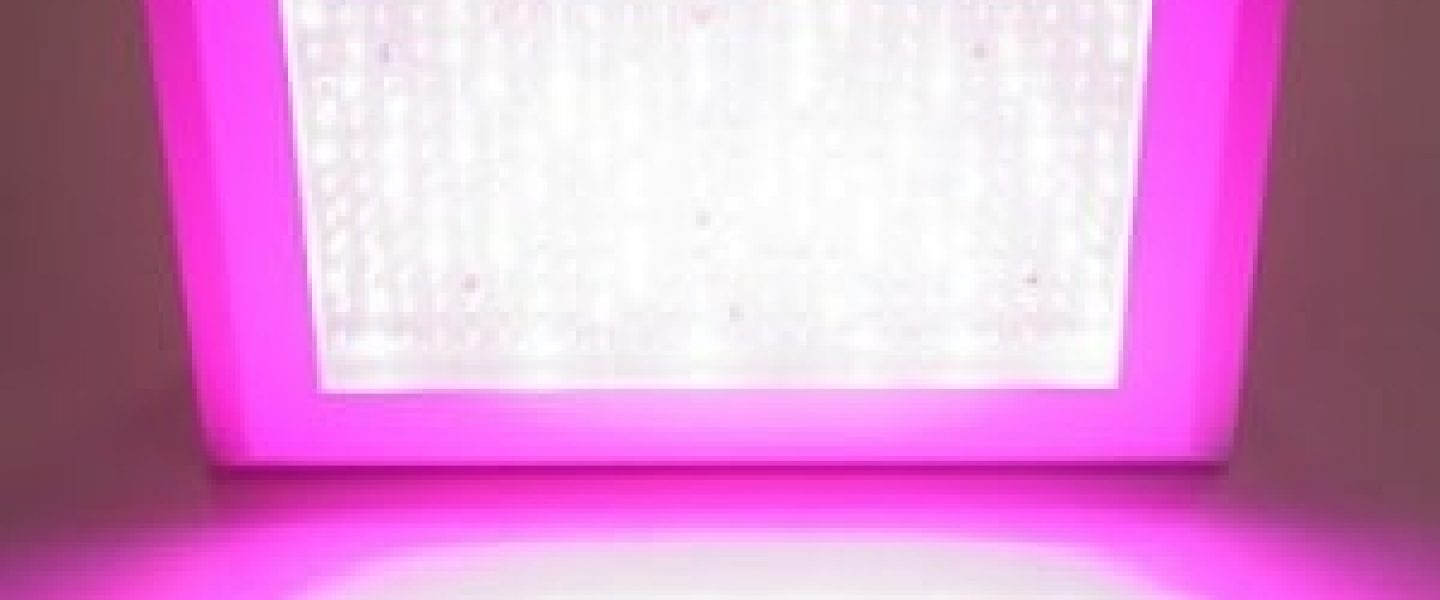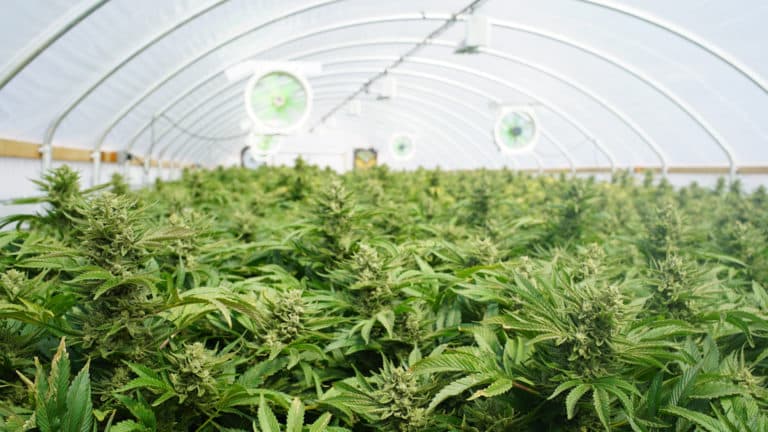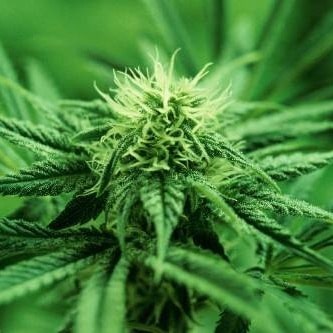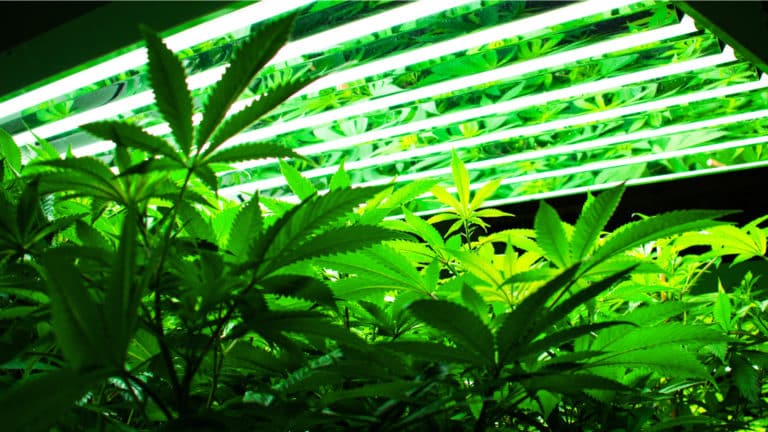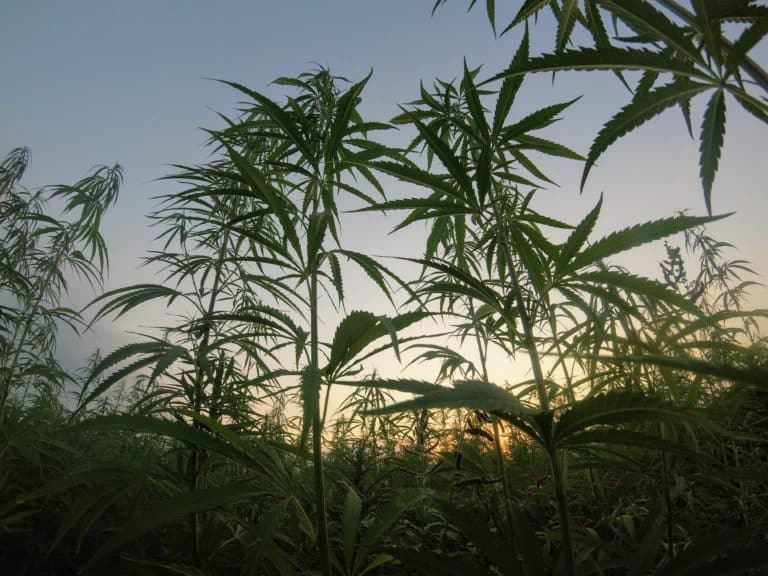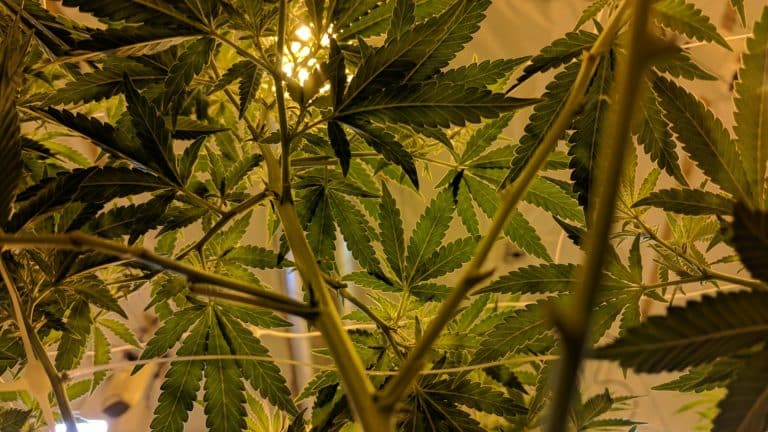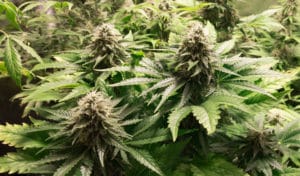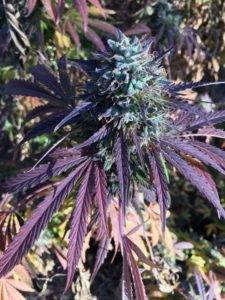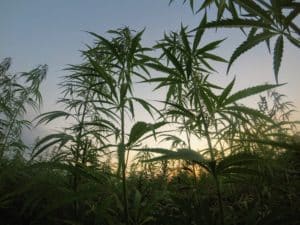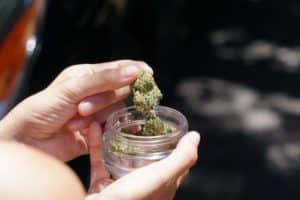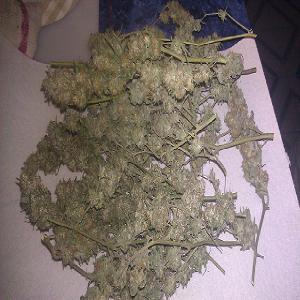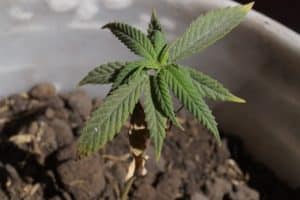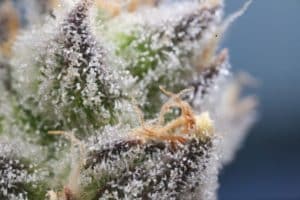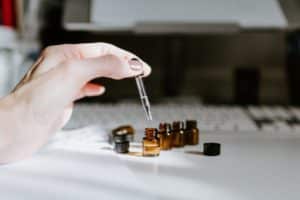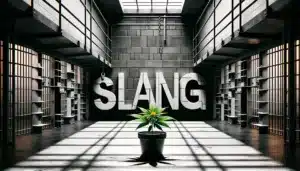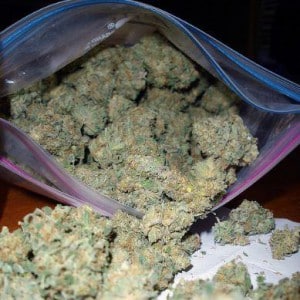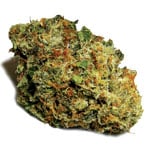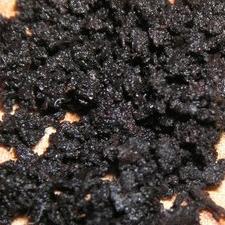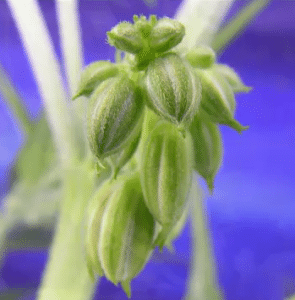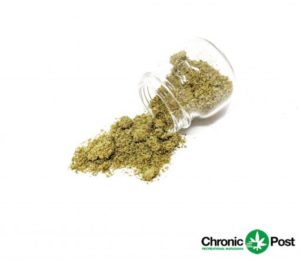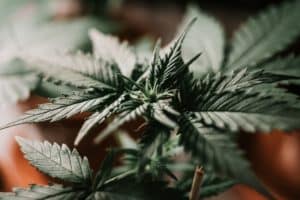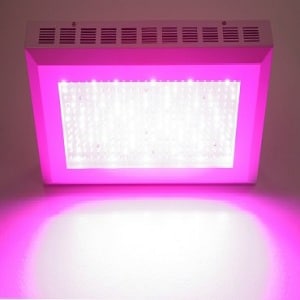 One of the most important decisions faced by an indoor gardener is what type of grow light to use. Plants need specific types of light in order to photosynthesize. Leafy, green plants need light from a different spectrum than do seedlings and flowering or fruit-bearing plants. Metal Halide, High Pressure Sodium, Fluorescent and Incandescent are a few of the available options for grow lights. Some produce light on the ‘blue’ spectrum, while other produce light on the ‘red/orange’ spectrum. Full-spectrum Fluorescent lights are just that, but since plants do not use the full spectrum of light when they photosynthesize, much of that fluorescent light goes to waste.
One of the most important decisions faced by an indoor gardener is what type of grow light to use. Plants need specific types of light in order to photosynthesize. Leafy, green plants need light from a different spectrum than do seedlings and flowering or fruit-bearing plants. Metal Halide, High Pressure Sodium, Fluorescent and Incandescent are a few of the available options for grow lights. Some produce light on the ‘blue’ spectrum, while other produce light on the ‘red/orange’ spectrum. Full-spectrum Fluorescent lights are just that, but since plants do not use the full spectrum of light when they photosynthesize, much of that fluorescent light goes to waste.
Light Emitting Diode grow lights emit light in exactly the right spectrums needed by the plants. Not all LED grow lights are exactly the same, but many Incorporate both blue and red bulbs to nurture plants in all stages of development. Unlike most other bulbs, which produce light as a by-product of a chemical reaction, LED light is a direct result of electricity flowing through the diode. This means that LED grow bulbs waste very little energy and even less of their light. Only a portion of the light produced by HID, fluorescent and incandescent bulbs is actually used by the plant. Since LED grow lights directly emit light in a narrow band of the spectrum, almost none of that light is wasted. Thus, you get “more bang for your buck.”
Most grow lights emit a lot of extra heat, which is not entirely good for the plants. Just as outdoor plants can be burned by the sun, indoor plants can be scorched if their grow lights are too hot. The way to deal with this problem is to provide ventilation and cooling to the indoor garden. Fans, air condition systems and air-cooled light reflectors all add to the setup and operating costs of an indoor garden. LED grow lights produce almost no excess heat, both allowing the lights to be placed closer to plants, and reducing or even eliminating any need for a cooling system.
With the exception of fluorescent grow lights, most other grows bulbs also require external ballasts to regulate their energy intake. LED grow lights usually come complete with their own power source, reducing the amount of accessories you need to get started. Most other grow lights also need light reflectors to concentrate the light and make sure less of it is wasted. With LED grow lights, this step is also unnecessary. LED light is usually not as diffuse as other types of light, so it is already nicely concentrated where you point it.
LED grow lights consume far less energy than most of their counterparts, and have a much longer useful life. LED grow lights can be expected to consume up to 75% less electricity, and to last up to 20 times longer than an HPS light, for instance. Whether the indoor garden in question is hydroponic or soil-based, LED grow lights are an easier, more efficient option.
Author
We strive to manufacture the best possible lights for use in cultivation which we currently believe to be LED grow light review. Visit Advancedledlights.com to learn more about LED grow lights and visit the resource section

